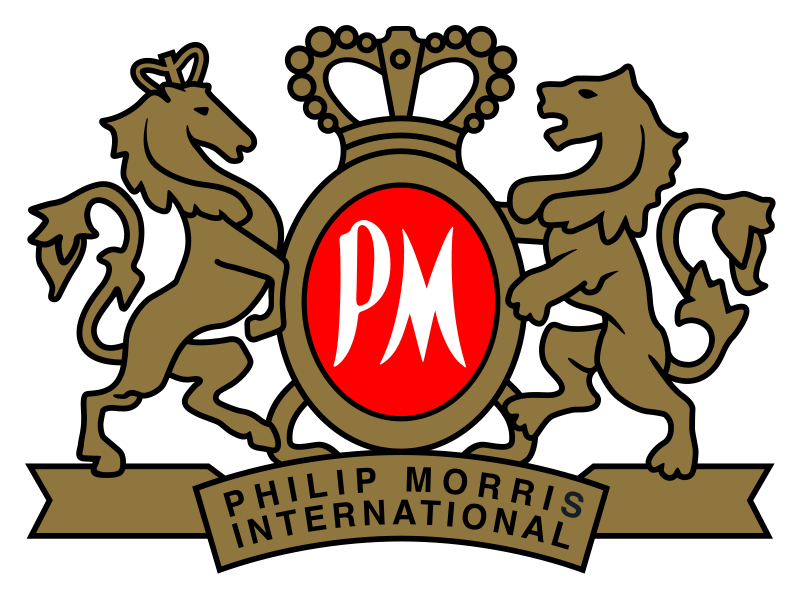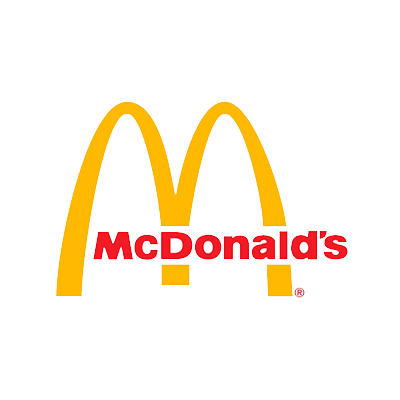Football stadium lighting
Football training and matches are held mainly in open spaces: large stadiums, playgrounds and sports halls. Special requirements are placed on their artificial lighting, since it is important to ensure good visibility for both players and referees and spectators. Comfort and safety on the sports ground depend on this.
Requirements for lighting football stadiums
The main requirements for lighting football stadiums:- Providing comfortable light levels that won't cause fatigue during training and competition. With a lack of lighting, the eyes are overworked, and the person experiences general discomfort.
- There is no ripple because it causes problems with determining the distance to moving objects.
- The absence of high glare, which has a blinding effect. This effect leads to a worse reaction to moving game projectiles.
- Light uniformity, as spots and shadows cause visual fatigue.
- For indoor facilities: horizontal illumination at floor level - 300 lux (for competitions, the recommended illuminance value could be as high as 500 to 750 lux), vertical illumination at a height of up to 2 m from the floor - 100 lux.
- For outdoor sports facilities the lux level standard is vastly different between televised and non-televised competitions. Horizontal illumination on the surface of the field varies from 200 lux for recreational use to 2000 lux for international televised such as UEFA Champions League final (UEFA Elite level A), vertical illumination up to 15 m on individual fields - up to 1500 lux.
What lighting fixtures are used in football stadiums
In modern conditions, stadiums are illuminated with LED spotlights or metal halide lamps (they are also installed in spotlights). LED lamps are characterized by low power consumption and high efficiency, as well as long service life. For the selection of fixtures, a lighting calculation should be made, which allows you to make several lighting modes:- training;
- competitive;
- for TV broadcast;
- emergency;
- evacuation.
- have a high color rendering index;
- be equipped with a special optical system with gratings, lenses and dark diffusers that eliminate glare;
- be equipped with special protective grilles.
Arrangement of lighting fixtures in the stadium
Also in the process of calculation, the layout of lighting fixtures is selected. When developing it, the following nuances are taken into account:- If the football stadium is not equipped with an athletics area, then floodlights with symmetrical and asymmetric light distribution are suitable. They are installed along the long sides of the field. This arrangement is called lateral. With it, you can use masts of a lower height - 15-25 m.
- For stadiums with an athletics area, lighting masts with a height of 25-50 m are chosen. They are installed mainly at the corners of the site and on the enclosing structures of the stands.
- The boundaries of the areas allowed for the installation of masts are determined by 2 lines: one of them is drawn at an angle of 10 ° to the goal line, the second - at an angle of 5 ° to the touchline.
- The height of the mast is determined from the condition that the angle between the line drawn from the center of the field to the installation point of the mast and the lower row of spotlights must be at least 25°.
- In order for the lighting to be uniform, the floodlights on the installed mast should illuminate the nearest quadrant of the field.
Our partners
Since 2013, we have been implementing lighting projects for leading Russian and foreign companies.










Light with HOKASU is easy!
Your personal manager will contact you and listen in detail to all your wishes
The engineer will select the equipment for your personal project.
After approval and payment, the project is sent to production for 72 hours.
We will deliver the equipment at a convenient time for you.
Make a request and we will answer today,
make your question ours!
Choosing lighting is no easy task.
- Do you want LED lighting that is safe for the health of your family?
- Looking for modern, beautiful lighting?
- Do you want to reduce your energy costs?
Send your project to sale@hokasu.com or just leave a request!
We will calculate, select options, give a discount.
Here you can buy a reliable and stylish Led lamps at the best price.
